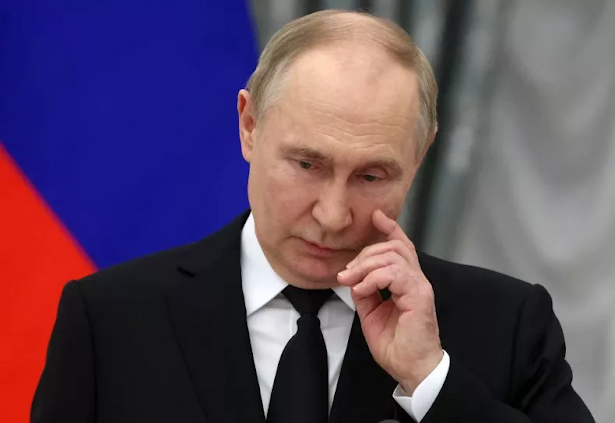Ukraine has been granted permission to utilize American weaponry to target Russian territory, but what repercussions will Washington's recent approval have in relation to Vladimir Putin's established boundaries?
Kyiv's appeals to the U.S. to employ its armaments within Russia intensified over the past month, as Moscow's forces advanced in Kharkiv, and Ukraine struggled to thwart missile attacks on its northeastern region. Secretary of State Antony Blinken's acknowledgment that Washington has had to "adapt and adjust" to the conflict reflects its stance of providing more measured military support to Ukraine.
While the U.S. has previously donated Javelin and Stinger missiles, it has now escalated its assistance to include HIMARS rocket launchers, M1 Abrams tanks, and soon, American-made F-16 jets supplied by other nations. However, long-range strikes, including those from ground-launched ATACMS, remain excluded for Ukraine, signaling the Biden administration's cautious approach to avoid escalation.
The Kremlin, framing the invasion as a proxy conflict between Russia and NATO, has referenced red lines throughout the conflict, even suggesting nuclear action in response to existential threats, though without clear definition. Thus far, Putin has refrained from military action to retaliate against Western support for Ukraine. However, uncertainty lingers regarding whether this restraint will persist and what specific actions would cross Putin's red lines, particularly following his announcement of nuclear weapon drills in May.
Nicolò Fasola, author of "Reinterpreting Russia's Strategic Culture: The Russian Way of War," highlights the potential strategic implications of Ukraine's use of U.S. weapons, noting that it could be perceived by Russia as a significant escalation.
Fasola also suggests potential Russian countermeasures, including strikes on different targets or the demonstration use of tactical nuclear weapons. However, he acknowledges that both Russia and the West are wary of escalation.
The threat of retaliation looms, with Russia warning of strikes on UK targets if British weapons are utilized by Ukraine against Russian territory. Matthew Hoh, associate director of the Eisenhower Media Network, emphasizes the risks involved, particularly the potential for civilian casualties and the escalation of conflict.
Analysts speculate on Putin's red lines, with Zev Faintuch noting that Crimea's status as Russian territory has already been challenged by Ukrainian strikes, potentially pushing Putin to retaliate in neighboring regions. However, Faintuch doubts Russia's willingness to engage in direct kinetic attacks on NATO countries.
Washington's policy shift enables Ukraine to target Russian military assets near Kharkiv, particularly with the introduction of heavy glide bombs into the conflict. This move is seen as crucial in tipping the balance in Ukraine's favor.
The decision by NATO allies to permit Kyiv to use their weapons against Russia underscores the fragile security situation in Kharkiv. While European nations may continue to implement policies risking confrontation with Russia, the U.S. remains cautious to avoid sparking further escalation.

Comments
Post a Comment